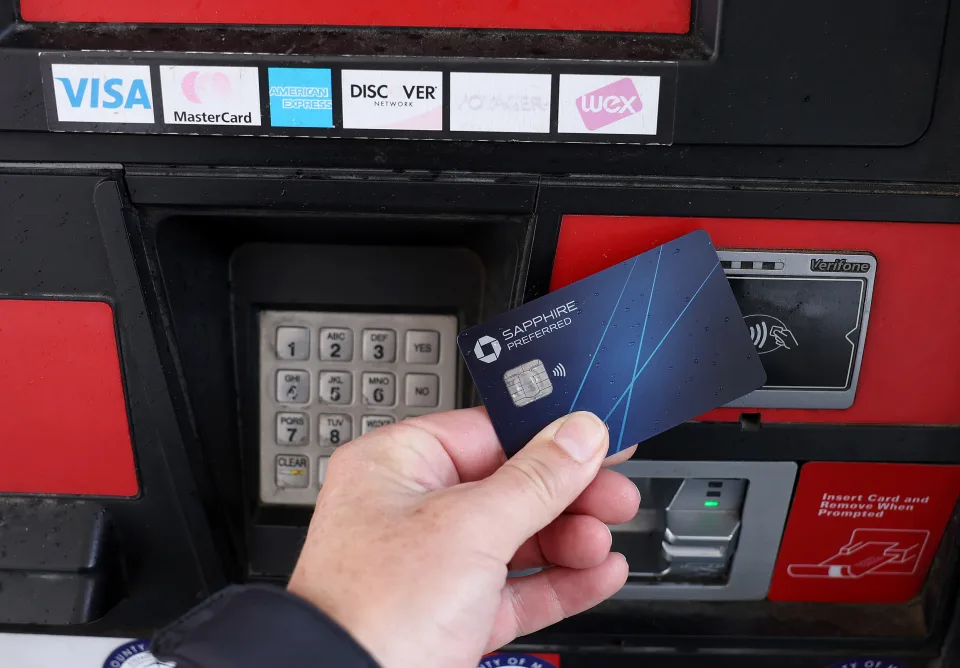Gas prices have been on the rise nationwide, but for California drivers, they’ve skyrocketed in a short amount of time.
The Golden State’s average at the pump surged by $0.23 to $5.27 per gallon on Friday from a week ago, according to AAA data. Meanwhile, the nationwide average sat at $3.54 per gallon on Friday, up $0.04 during the same period.
Tom Kloza, global head of energy analysis at OPIS, points to refinery challenges as the main culprit for California’s surging prices, including an important Phillips 66 refiner in the Bay Area halting gasoline production in favor of renewable diesel.
“Throw in regularly scheduled maintenance that will occur at two critical refineries in May and the normal penchant for speculative buying in global markets in the second quarter, and you have wholesale prices that have gone ballistic,” he said.
Kloza calculates gasoline in San Francisco, less taxes and other costs, is at a premium of almost $60 per barrel more than current crude levels.
On Friday West Texas Intermediate (CL=F) futures topped $86 per barrel while Brent (BZ=F), the international benchmark price, settled above $91 per barrel.
“Any student of petroleum history recognizes that these relationships won’t persist,” said Kloza. “A correction for gasoline, and perhaps for crude, looms and it almost certainly will occur in the next 30 days.”
Last year California passed the Gas Price Gouging and Transparency Law, aimed at keeping a lid on refinery margins. Regulators will meet next week to iron out the details for specific rules.
Andy Lipow, president of Lipow Oil Associates, said thelaw’srequirements “may lead some gasoline importers to halt doing business in the state and that could exacerbate the supply situation at exactly the same time supplies from outside the state are needed.”
California’s gasoline has traditionally been more expensive than the rest of the country because of the state’s special blend requirements, which are more costly to produce. California also imposes high taxes and fees associated with initiatives to reduce carbon emissions.
Gasoline inventories in the US have been falling in recent weeks, signaling strong demand across the US.
“We’re getting into summer driving season. We expect gasoline demand to continue to grow. That will drive prices up in the short term,” Regina Mayor, KPMG global head of clients and markets, recently told Yahoo Finance.
However, Mayor expects demand destruction to kick in, should prices get too high.
“I understand people need to drive their cars to get to and from work and to pick up their children and take them to school and things of that nature. However, they might think twice about driving over the summer holiday if gas prices reach a level that they deem unacceptable,” said Mayor.

